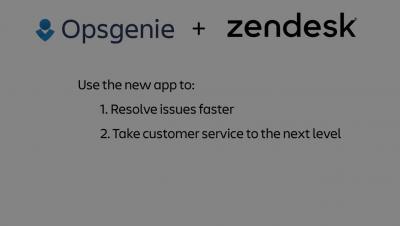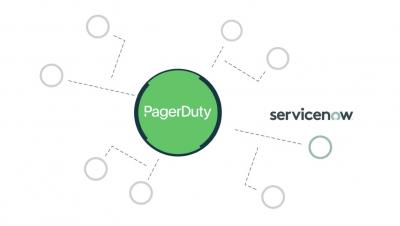Tips for Modern NOCs - Easing the Pain of Ticket Creation
Manual ticket creation can often be a pain. It’s difficult enough handling the barrage of alerts coming in, let alone opening tickets and copy/pasting their details into these tickets. In this post – we discuss a simple way to ease this pain, and share a video on how to do it.











